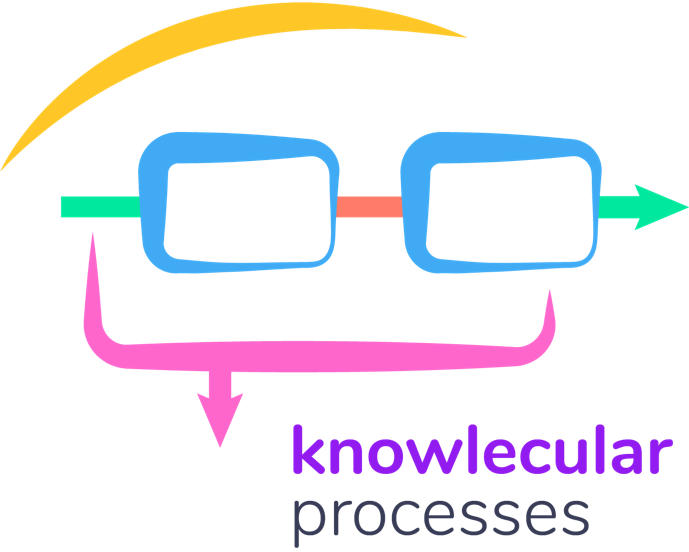6 practical challenges of Stage Gate for innovation
Stage Gate is the most commonly used “process” in process design and in innovation. When the people in R&D “come up with a good idea” -- sometimes after a hallway discussion with someone in Marketing -- they “throw it over the wall” to the next function, oftentimes checking with Legal or Regulatory. And then it proceeds to another stage, perhaps Marketing and Sales, and so on. Leadership (e.g., VP-level or C-Suite), Supply Chain, Sustainability, and so on. Most companies still use some form of the Stage Gate (or Phase Gate, or Waterfall) process. However in my experience there are 6 important shortcomings of this process in practice. Stage Gate …
uses a “push model”; however, pull models are almost always faster, especially for complex projects, since we know the destination. Pull models are like driving with a GPS system, while push models start out and then just see where we’re going. You might reach a good destination, but it’s very risky.
is usually serial, and so ASSUMES all required information is known at each stage. This is a source of a lot of the recycled work in innovation, meaning that work must be returned to a previous stage at a later point. This is an expensive waste (muda) that could be avoided. Recycled work is a type of inventory, which means that you paid for it, but are receiving no customer satisfaction or revenue for it.
produces inventories of non-revenue-producing studies. Because a “gate” slows down the flow, this increases the odds of ideas being recycled.
is evaluative, but seldom creative or generative. Stage Gate can say “no”, but seldom adds ideas that lead to “yes”.
treats tests or experiments as “filters”, not as indicators that can be used intelligently to find new paths and through learning shift probabilities of success to higher levels. This is related to the previous point.
emphasizes “shots on goal” (i.e., many attempts), and since it treats seed ideas as cheap, has a lot of wasted shots and so misses the company-wide prioritization of innovations.
There are better ways!
If this post from Darrell at www.kpco.us interested you, send the link to friends and ask them to Join to the weekly email list. You may of course unsubscribe easily at any time.
#Innovation, #InnovationProcesses
RE: As usually practiced, the Stage Gate process for innovation has major practical challenges.
